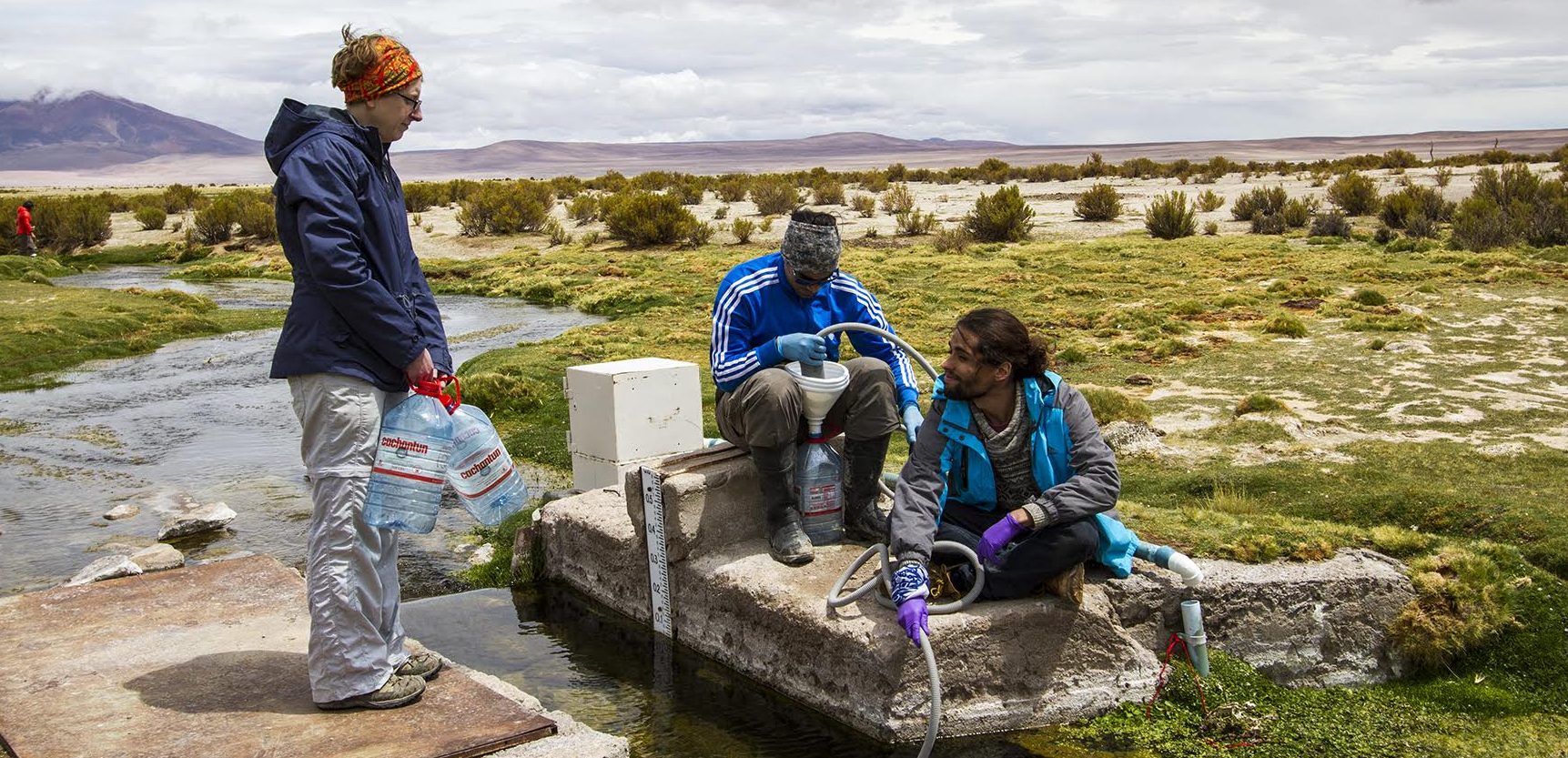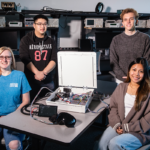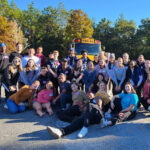UWF Researchers Travel to Chile to Study How Heavy Sunlight Affects Growth
Pensacola – The Atacama Desert in Northern Chile is the driest place on Earth, with punishing levels of ultraviolet radiation that would seemingly stymie the chances for anything to survive there.

However, microbial communities there are managing to flourish. Dr. Wade Jeffrey, a professor in the University of West Florida Department of Biology and director of the University’s Center for Environmental Diagnostics and Bioremediation, and Dr. Lisa Nigro, a post-doctoral research associate at UWF, recently returned from a three-week research trip to the Atacama and the neighboring Altiplano area in Chile to study how the intense sunlight affects growth.
“These environments are super high UV (radiation) environments because of the clear skies and very high altitude,” Jeffrey said. “Yet the microbial communities that live there, thrive and survive in what normally would be enough light, you would assume, to sterilize everything.”
Jeffrey and Nigro took samples from twenty-two different ponds at four different locations – some just a couple inches deep – during the trip. Jeffrey said initial studies have found preliminary evidence of “really strong adaptation” of some organisms to the harsh conditions.
“We don’t know the mechanisms yet, but we can sample in different places that are very close to each other physically, but biologically and chemically very isolated,” Jeffrey said. “There’s places that are really sensitive to UV and then 100 feet away is a place that is totally insensitive to UV.”
“What that difference is, that’s part of the big goal – to be able to tease that apart, to say ‘Is it just different organisms? Is it differences in the genetics of the organisms? Is it some other protective mechanism that we haven’t identified yet?’”
The highest resistance to UV radiation is found in the more isolated ponds, Jeffrey said.
“There’s not freshwater and new sources coming in all the time, so if you sort of get stuck there, you either adapt or die,” Jeffrey said.
Nigro, whose post doctoral research position is funded by the Center for Research and Economic Opportunity at UWF, is focusing her study on which genes are being expressed by the organisms found in the Atacama and Altiplano areas.
“In general, what we want to target is the gene expression associated with UV (radiation) stress,” Nigro said.
The expectation is that the research will show that many of the organisms sampled are able to repair their DNA at night.
“It may be similar to exercise and muscle repair, your body tends to do that a lot at night,” Nigro said.
This is the fourth year Jeffrey has traveled to the Atacama to research the effects of sunlight on growth. It was Nigro’s first visit to the area.
“It’s quite incredible actually, you’re driving through the desert, and then you get to this kind of an oasis where there’s a lot of llamas and sheep and flamingos,” she said.
Jeffrey and Nigro’s collaborators on the trip were three Chilean professors: Dr. Cristina Dorador, from the Universidad de Antofagasta, Dr. Martha Hengst of Universidad Católica del Norte and Dr. Klaudia Hernandez, from Universidad Andrés Bello. Support for the project comes from the National Fund for Scientific & Technological Development in Chile.
This week, both Jeffrey and Nigro are in Honolulu, Hawaii where they will make presentations on their research in Chile before the annual meeting of the Association for the Sciences of Limnology and Oceanography (ASLO).
Jeffrey carries a camera everywhere he travels. His breathtaking photos from environments as disparate as the Atacama and Antarctica were featured in an exhibit called “Extremophiles” at UWF in 2014.
While his work has taken has taken him all over the world, Jeffrey said he has never traveled to anywhere as unique as the Atacama Desert.
“I’ve been a lot of places, but this place is just like nothing I’ve ever seen,” Jeffrey said.



